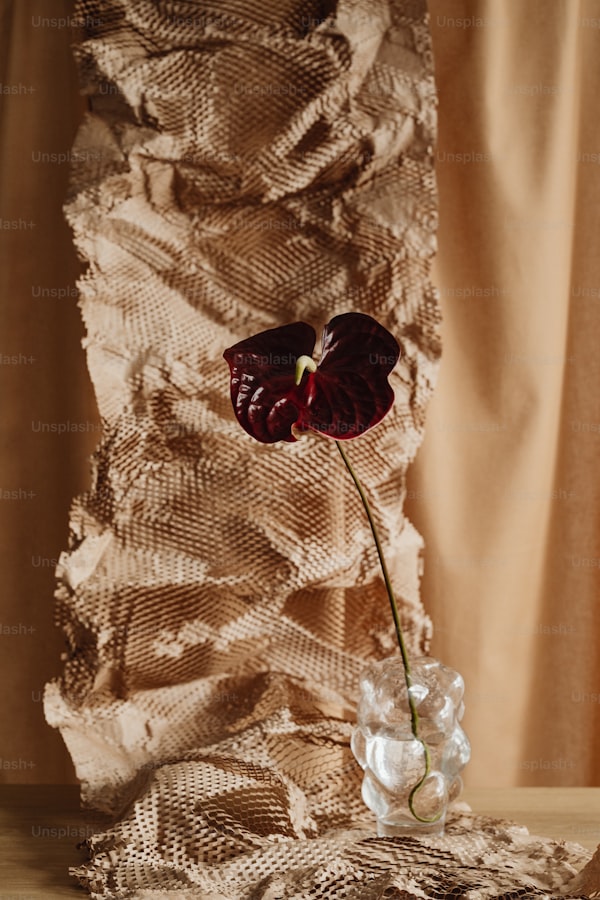Unlocking Elegance: Exploring Vintage Gown Details
Unlocking Elegance: Exploring Vintage Gown Details
Why Vintage Gowns Are Timeless Treasures
In the world of fashion, trends come and go, but vintage gowns remain a cherished staple in many wardrobes. They offer a unique blend of nostalgia, artistry, and distinctive style that Modern dresses often try to emulate but seldom achieve. This article delves into the intricate details of vintage gowns, unveiling what makes them special and how they can add flair to your collection.
The Allure of Vintage Gowns
Vintage gowns are not just clothing; they tell a story. Every gown has a history that articulates the era from which it hails. These pieces often feature exquisite craftsmanship, rare materials, and distinctive designs that reflect the cultural zeitgeist of their time. Understanding vintage gown details allows us to appreciate their artistry and significance fully. Here are some key aspects that make vintage gowns so alluring:
1. Unique Fabrics and Textures
Vintage gowns often utilize materials that aren't commonly used in contemporary fashion. Fabrics such as silk, taffeta, and chiffon are prevalent in vintage styles, and they each have their textures and draping methods that create a distinctive silhouette. Vintage gowns often showcase:
| Fabric | Characteristics |
| Silk | Soft, luxurious, and elegant; perfect for formal occasions. |
| Taffeta | Crisp and structured, often used in evening gowns for a dramatic effect. |
| Chiffon | Light and airy, creating a flowing look ideal for romantic dresses. |
2. Intricate Embellishments
One of the standout features of vintage gowns is their embellishments. These intricate details vary by decade and can include:
- Beading: Often seen in 1920s flapper gowns, these embellishments add sparkle and glamour.
- Lace: Delicate lace detailing can evoke a sense of romance and ethereality, especially in bridal gowns.
- Embroidery: Custom embroidery can signify personal stories or cultural traditions, enhancing the gown's uniqueness.
3. Tailored Silhouettes
Vintage gowns are known for their carefully curated silhouettes, highlighting the wearer's figure. Whether it’s the flared skirts of the 1950s or the straight lines of the 1960s, vintage gown details often focus on enhancing femininity. Different styles such as:
- A-line: Flattering for various body types, providing elegance without restriction.
- Mermaid: Hugging the body at the waist and flaring out at the hem, perfect for showcasing curves.
- Empire waist: A high waistline that offers a flowing silhouette, often seen in Regency-era gowns.

Popular Eras and Their Gown Details
Each decade has its unique take on fashion. Let's explore some notable eras in vintage fashion and the specific details that define their gowns.
The Roaring Twenties
The 1920s brought a shift towards more liberated styles, with flapper gowns at the forefront. Key details include:
- Drop waistlines: Morphing body shapes away from the natural waist for a more boyish silhouette.
- Fringes and beading: Adornments that allowed for easy movement and eye-catching sparkle.
- Art Deco patterns: Geometric motifs and bold colors reflecting the artistic movement of the time.
The Fabulous Fifties
The 1950s are synonymous with the quintessential hourglass figure. Vintage gowns from this era are characterized by:
- Petticoats: Full skirts that create volume and shape under the dress.
- Belted waists: Highlighting the waist to accentuate curves.
- Polka dots and florals: Prints that were vibrant and fun, embodying the spirit of post-war optimism.
Bridging Into the Sixties
The 1960s propelled women into a new age of fashion freedom. Gowns began to experiment with shorter hemlines, alongside:
- A-line shapes: Simplified lines that provided comfort and left more room for playful designs.
- Bold colors: The use of psychedelic patterns and colors that captivated the youth culture.
- Mini skirts: Pioneering a fashion movement that pushed boundaries and challenged societal norms.
Caring for Vintage Gowns
Owning a piece of history comes with a responsibility to care for it. Here are some expert suggestions for preserving your vintage gown's beauty:
1. Proper Storage
Store your vintage gowns in a cool, dry place away from direct sunlight. Use acid-free tissue paper to help maintain their shape and prevent creasing.
2. Gentle Cleaning
Due to the delicate nature of vintage fabrics, it’s vital to avoid harsh chemicals. Consider professional cleaning services specializing in vintage garments.
3. Handle with Care
When wearing or trying on a vintage gown, ensure hands are clean, and avoid sharp jewelry that may snag the fabric.
Conclusion: Embracing Vintage Gown Details
Vintage gowns represent more than mere garments; they embody the spirit of past eras, making them unique pieces of art. From the intricate vintage gown details to the history attached to each piece, embracing these garments offers an opportunity to connect with our past. Whether you’re looking to make a statement at a gala, attend a themed party, or simply wear something extraordinary, vintage gowns will always be in style.
As you explore the world of vintage fashion, remember to cherish and care for these timeless treasures, ensuring they continue to inspire future generations. Happy vintage hunting, and may you find the gown that speaks to you!
